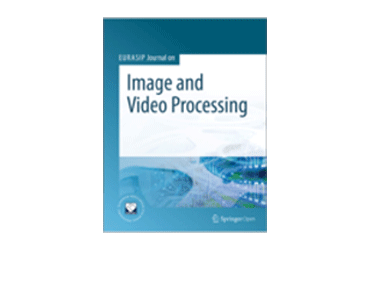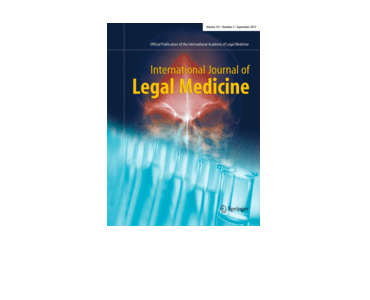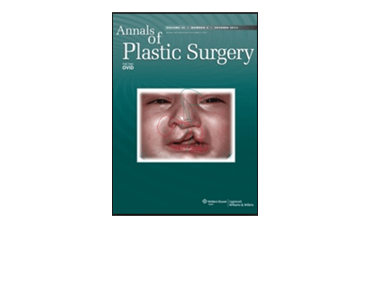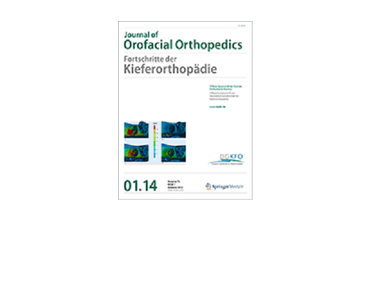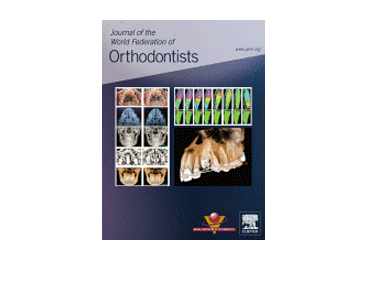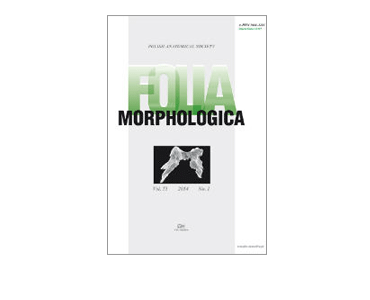Evaluating effects of focal length and viewing angle in a comparison of recent face landmark and alignment methods. X Li, J Liu, J Baron et al.
The workflow… we first performed facial geometry capture with a 3dMD system; imported into landmarker.io to annotate each face manually to achieve ground-truth; rasterized each face at 49 angles and 6 focal lengths; calculated the ground-truth 2D landmark locations; and analyzed performance of each method by calculating NRMSE error between a method’s predicted landmarks and the 2D ground-truth locations.

